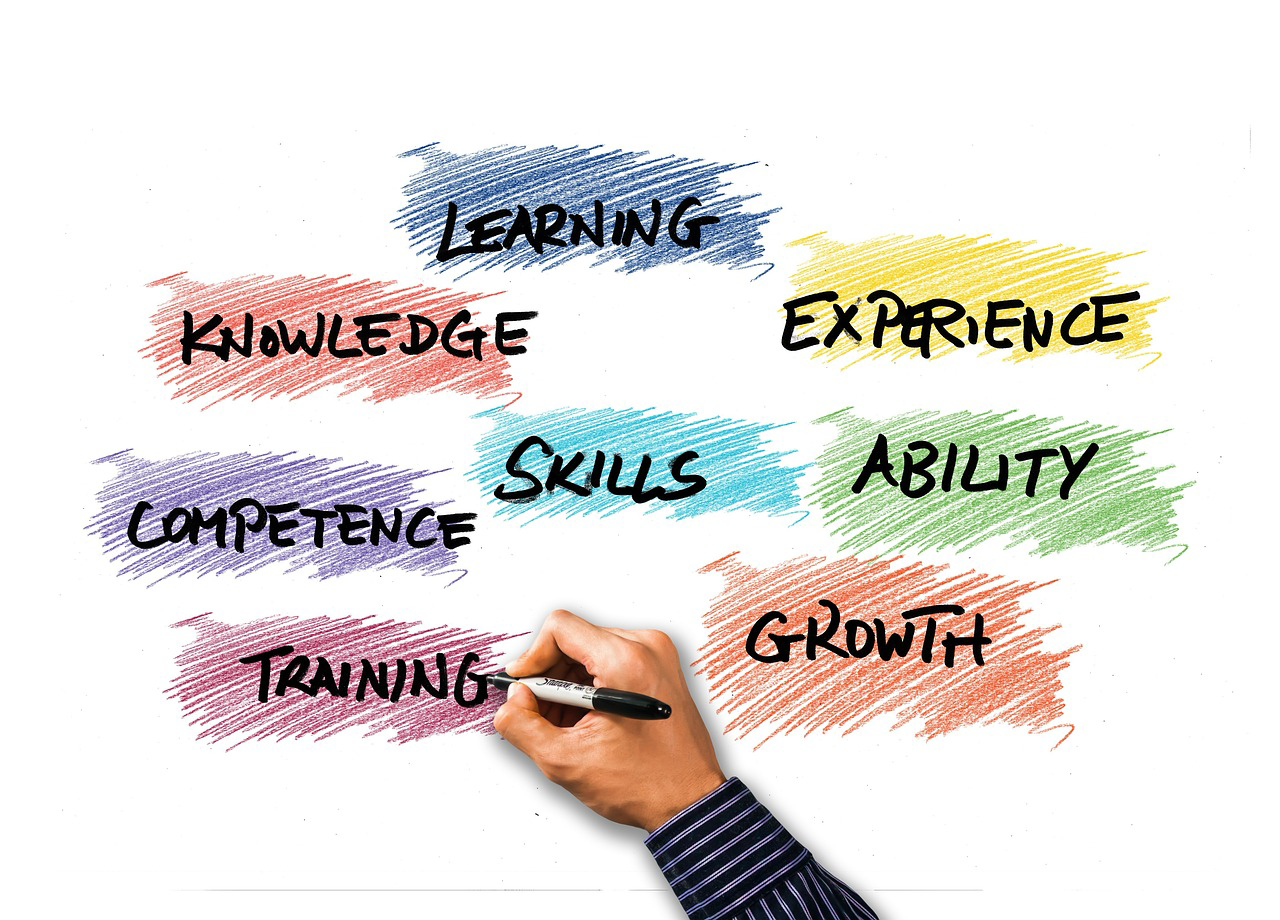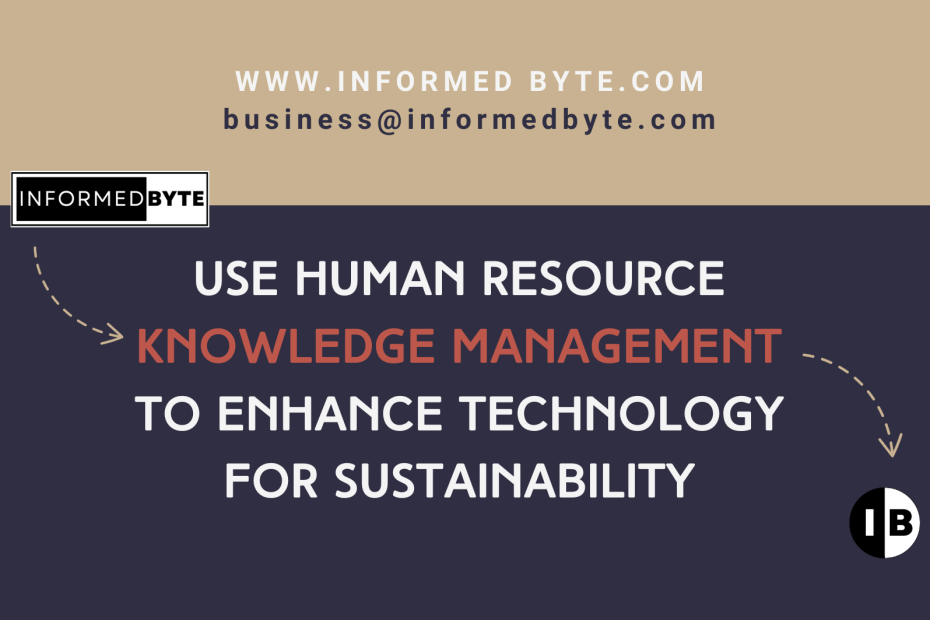Use human resource knowledge management to enhance technology for sustainability
September 14, 2023

Image credit by Gerd Altmann from Pixabay
Knowledge management (KM) refers to the process of capturing, organising, storing, retrieving, and sharing an organisation’s collective knowledge to enhance decision-making, innovation, and efficiency. It involves creating a framework for effectively managing information, experiences, and expertise within an organisation. KM aims to prevent knowledge silos, where valuable information is held by individuals, and instead promotes its dissemination throughout the organisation. KM should be applied from both technology and human resources for best outcomes.
DAMS and PIMS knowledge management (KM) technology applications
To navigate the complex web of information and transform it into actionable intelligence, organisations are using knowledge management (KM) systems. Among these systems, digital asset management systems (DAMS) and product information management systems (PIMS) have emerged as powerful software tools that facilitate the organisation, retrieval, and reuse of information for strategic advantage. Importantly though, KM technology tools can only be used effectively if accompanied by the human knowledge of how to obtain successful results from the systems.
Key Components of Knowledge Management
Knowledge Creation: This involves generating new insights, ideas, and information through interactions, research, and experiences. For example, a software development team brainstorming sessions can lead to the creation of innovative coding techniques.
Knowledge Capture: The process of capturing explicit knowledge (documented information) and tacit knowledge (personal insights and expertise) is crucial. For instance, a retiring employee might conduct knowledge-sharing sessions to pass on their expertise to younger colleagues.
Knowledge Organisation: This step involves categorising, tagging, and structuring knowledge to make it easily accessible. Using a centralised database or intranet, an organisation can organise documents, best practices, and case studies in a structured manner.
Knowledge Storage: A robust digital infrastructure is vital for storing and maintaining knowledge repositories. Cloud-based systems, databases, and content management tools can help in storing diverse knowledge formats.
Knowledge Retrieval: Effective search mechanisms, filters, and indexes enable quick and accurate retrieval of relevant information. Employees can easily find relevant documents, reducing the time spent on searching.
Knowledge Sharing: Encouraging the exchange of knowledge through formal and informal channels promotes learning. Collaborative tools, forums, and regular team meetings facilitate the sharing of experiences and insights.
Knowledge Application: Knowledge should be applied in problem-solving, decision-making, and innovation. When engineers refer to a database of past design challenges, they can devise innovative solutions to new problems.
Knowledge Transfer: As employees join or leave the organisation, a structured process for transferring their knowledge ensures continuity. Mentoring, training, and handover procedures aid this transfer.
Examples of Knowledge Management
Document Repositories: Creating centralised databases where documents, reports, best practices, and research are stored and easily accessible. For instance, an IT team might maintain a repository of troubleshooting guides for common issues.
Knowledge Sharing Platforms: Establishing internal platforms like wikis, forums, and chat groups for employees to discuss ideas, share insights, and collaborate. Wikipedia is a well-known example of a public knowledge-sharing platform.
Lessons Learned: After completing projects or tasks, teams can document what worked well and what didn’t. This accumulated knowledge can guide future projects. NASA’s Lessons Learned system is a classic case.
Expertise Directories: Creating profiles of employees’ skills and expertise to facilitate finding the right person to solve specific problems or provide guidance.
Training and Onboarding: Developing training materials, videos, and guides to accelerate new employees’ learning curves.
Innovation Hubs: Establishing spaces for brainstorming, experimentation, and idea incubation, encouraging employees to contribute innovative ideas.
Data Analytics: Leveraging data to identify trends, patterns, and insights that can inform decision-making and strategy development.
Communities of Practice: Forming groups of individuals who share a common interest or expertise, fostering knowledge exchange and collaboration.
Strategies for Effective Knowledge Management:
Cultural Emphasis: Establish a culture that values knowledge sharing and learning. Recognition and rewards for knowledge contributions can motivate employees to actively participate.
Leadership Support: Leadership should champion knowledge management initiatives, allocating resources and setting an example by actively engaging in knowledge-sharing practices.
Technology Integration: Implement user-friendly technology solutions such as knowledge bases, wikis, and collaboration platforms that facilitate seamless knowledge sharing.
Training and Education: Provide training on knowledge management concepts, tools, and practices to ensure that employees understand the importance and benefits of sharing knowledge.
Communities of Practice: Create cross-functional groups where employees with similar roles or interests can share experiences and best practices.
Lessons Learned Repository: Document project outcomes, successes, and failures as lessons learned, enabling the organisation to avoid past mistakes and replicate successes.
Incentive Systems: Tie knowledge sharing and creation to performance evaluations and promotions, motivating employees to actively contribute.
Continuous Improvement: Regularly review and update knowledge repositories to ensure relevance and accuracy. Collect feedback from users to enhance the usability of knowledge management systems.
Enhancing Organisational Intelligence through Effective Knowledge Management Strategies
Knowledge is a valuable organisational asset that drives innovation, decision-making, and competitive advantage. Knowledge management (KM) is the systematic process of capturing, organising, storing, and distributing knowledge within an organisation to improve performance and foster innovation. It involves a blend of people, processes, technology, and culture aimed at leveraging an organisation’s collective knowledge to achieve strategic goals. Effective knowledge management enhances collaboration, reduces redundancy, accelerates learning, and enables organisations to adapt to changing environments.

